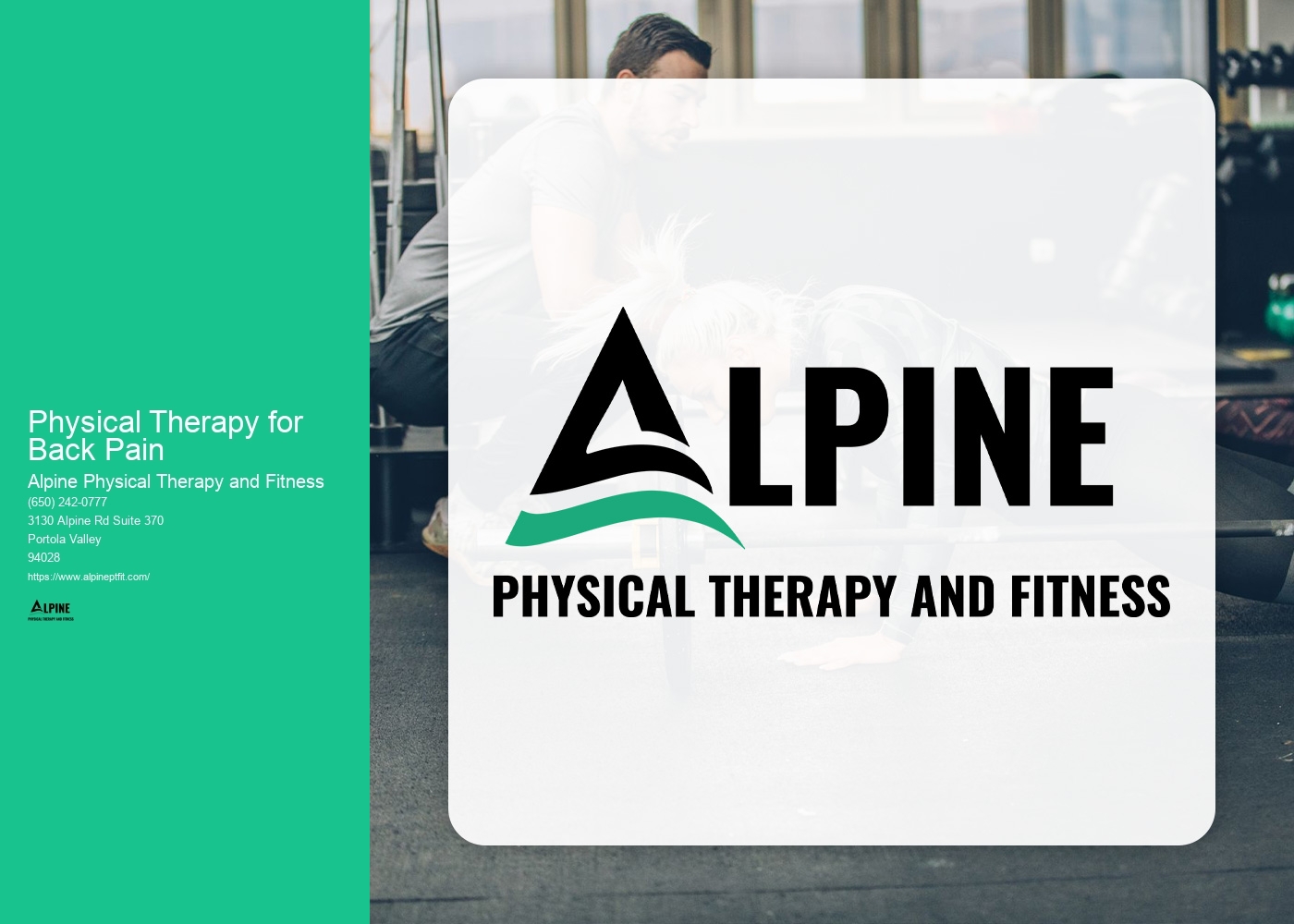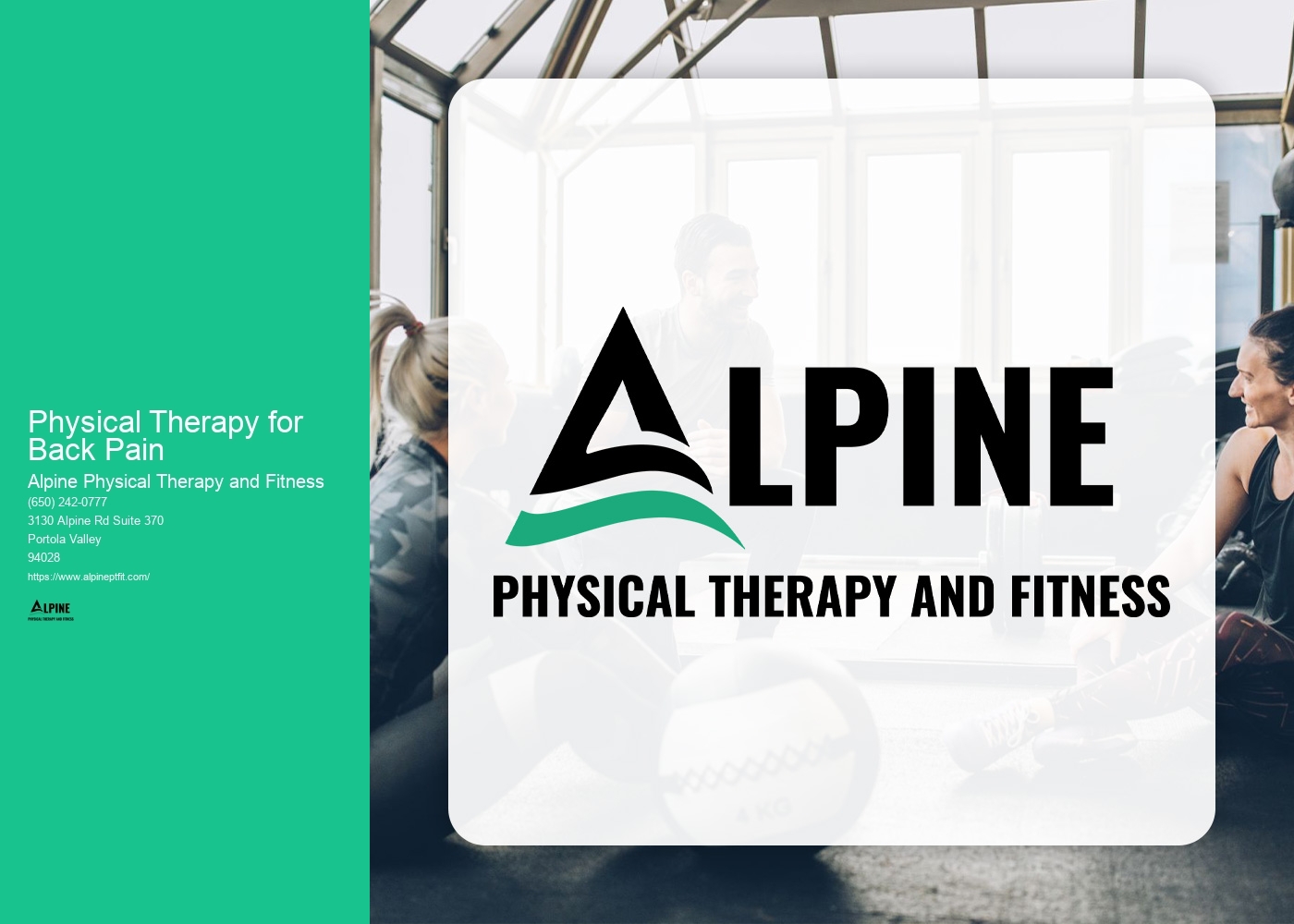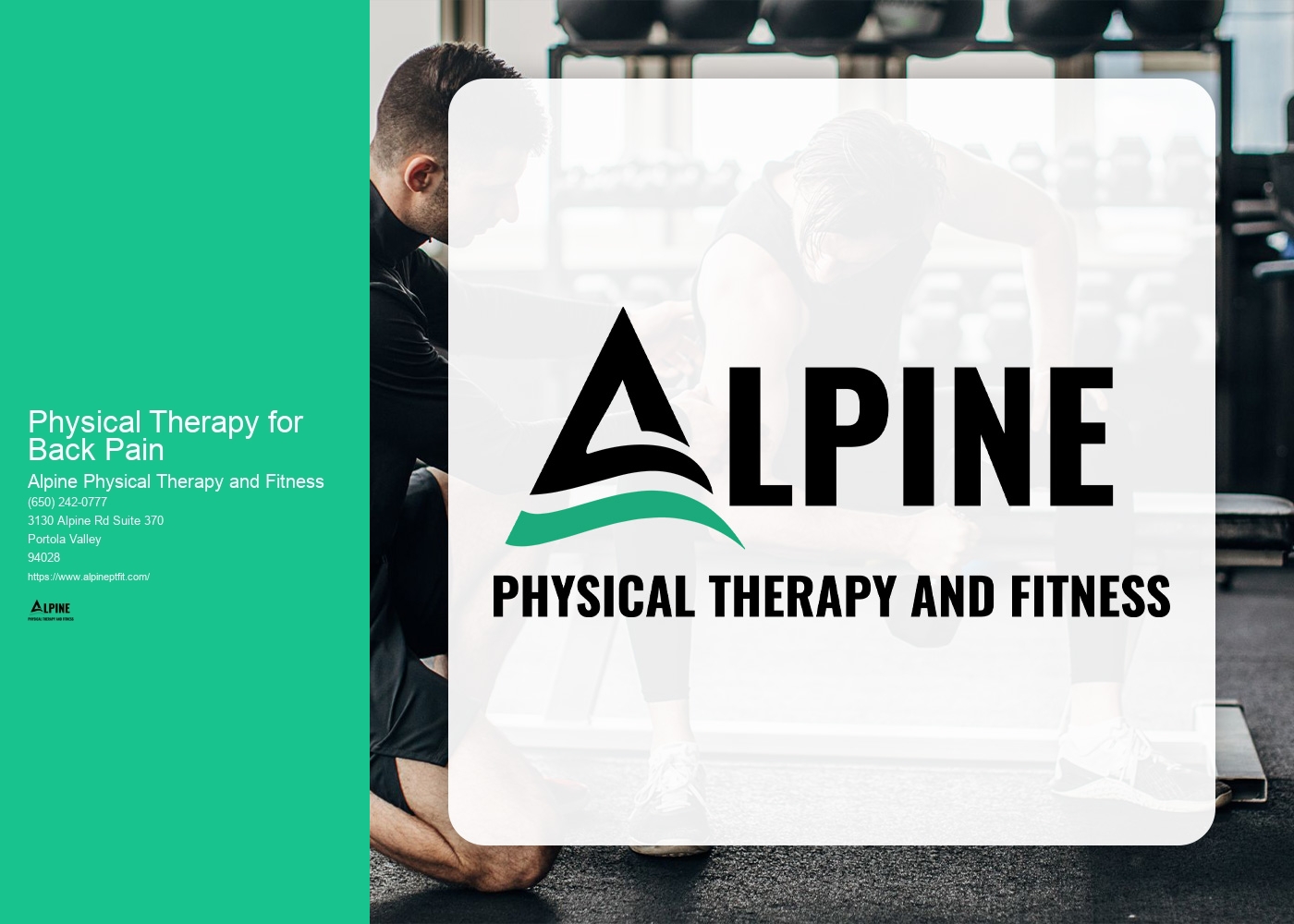

Back pain is a common ailment that can be caused by a variety of factors. Some of the most common causes of back pain include muscle strains or sprains, herniated discs, degenerative disc disease, spinal stenosis, and poor posture. Muscle strains or sprains can occur from lifting heavy objects, sudden movements, or overexertion. Herniated discs, which are also known as slipped or ruptured discs, can put pressure on the nerves in the spine and cause pain. Degenerative disc disease is a condition where the discs between the vertebrae break down over time, leading to pain and stiffness. Spinal stenosis is a narrowing of the spinal canal, which can compress the nerves and cause pain. Poor posture, such as slouching or sitting for long periods of time, can also contribute to back pain.
Physical therapy can be an effective treatment option for alleviating back pain. Physical therapists are trained to assess and treat musculoskeletal conditions, including back pain. They can develop a personalized treatment plan that may include a combination of manual therapy techniques, therapeutic exercises, and modalities such as heat or ice therapy. Manual therapy techniques, such as joint mobilization or soft tissue mobilization, can help improve joint mobility and reduce pain. Therapeutic exercises can help strengthen the muscles that support the spine, improve flexibility, and promote proper body mechanics. Modalities like heat or ice therapy can help reduce inflammation and provide pain relief. Physical therapy can also provide education on proper posture and body mechanics to prevent future episodes of back pain.
A physical therapy program for back pain typically includes a variety of exercises that target different muscle groups. These exercises may include stretching exercises to improve flexibility, strengthening exercises to build muscle strength and stability, and core exercises to support the spine. Stretching exercises can help improve flexibility in the muscles and ligaments surrounding the spine, which can help reduce pain and improve range of motion. Strengthening exercises can target the muscles in the back, abdomen, and legs to provide support and stability to the spine. Core exercises, such as planks or bridges, can help strengthen the muscles in the abdomen and lower back, which can improve posture and reduce back pain.

The length of time it takes to see improvement in back pain with physical therapy can vary depending on the individual and the severity of the condition. Some people may experience relief after just a few sessions, while others may require several weeks or months of consistent therapy. It is important to remember that physical therapy is a gradual process and it takes time for the body to heal and for the muscles to strengthen. The physical therapist will work closely with the individual to monitor progress and make any necessary adjustments to the treatment plan.
When undergoing physical therapy for back pain, there are some precautions and limitations to consider. It is important to follow the guidance of the physical therapist and not push through pain. It is normal to experience some discomfort during therapy, but it should not be severe or worsen the pain. It is also important to communicate any concerns or changes in symptoms to the physical therapist. They can modify the treatment plan as needed to ensure safety and effectiveness. Additionally, it is important to continue with any home exercises or stretches prescribed by the physical therapist to maintain progress and prevent future episodes of back pain.

Physical therapy can be effective for chronic back pain. Chronic back pain is defined as pain that lasts for more than three months. Physical therapy can help address the underlying causes of chronic back pain, such as muscle imbalances, poor posture, or weak core muscles. By addressing these factors, physical therapy can help reduce pain, improve function, and enhance quality of life. The physical therapist will develop a treatment plan that is tailored to the individual's specific needs and goals. This may include a combination of manual therapy techniques, therapeutic exercises, and modalities to provide pain relief and improve overall function.
In addition to physical therapy, there are alternative treatments and complementary therapies that can be used in conjunction with physical therapy for back pain. These may include acupuncture, chiropractic care, massage therapy, or yoga. Acupuncture involves the insertion of thin needles into specific points on the body to promote pain relief and healing. Chiropractic care focuses on the alignment of the spine and uses manual adjustments to restore proper function. Massage therapy can help relax muscles, improve circulation, and reduce pain. Yoga combines physical postures, breathing exercises, and meditation to improve strength, flexibility, and overall well-being. These alternative treatments and complementary therapies can be used in conjunction with physical therapy to provide a holistic approach to managing back pain. It is important to consult with a healthcare professional to determine the most appropriate treatment plan for individual needs.

Physical therapy plays a crucial role in addressing overuse injuries in runners by employing a comprehensive approach that focuses on reducing pain, promoting healing, and preventing future injuries. Physical therapists utilize a variety of techniques and modalities such as manual therapy, therapeutic exercises, stretching, and strengthening exercises to target the specific muscles and tissues affected by the overuse injury. They also provide education on proper running form, footwear selection, and training modifications to prevent further strain on the injured area. Additionally, physical therapists may incorporate other interventions like ultrasound, electrical stimulation, and heat or cold therapy to further enhance the healing process. By tailoring the treatment plan to the individual runner's needs and goals, physical therapy helps runners recover from overuse injuries and return to their sport safely and efficiently.
Physical therapy plays a crucial role in addressing toe-walking in children. Toe-walking refers to a gait pattern where a child walks on their toes instead of using their entire foot. Physical therapists use a variety of techniques and interventions to address this issue. They may focus on improving muscle strength and flexibility in the lower legs and feet through exercises and stretches. They may also work on improving balance and coordination to help the child transition to a more typical heel-to-toe walking pattern. Additionally, physical therapists may use orthotic devices, such as ankle-foot orthoses, to provide support and encourage proper foot alignment. By addressing the underlying factors contributing to toe-walking, physical therapy can help children develop a more functional and efficient walking pattern.
Physical therapy can be highly beneficial for older adults with osteoarthritis. By incorporating a range of exercises and techniques, physical therapists can help improve joint mobility, reduce pain, and increase overall function. Therapeutic exercises, such as range of motion exercises and strengthening exercises, can help improve joint flexibility and muscle strength, which can alleviate the symptoms of osteoarthritis. Additionally, manual therapy techniques, such as joint mobilization and soft tissue mobilization, can help reduce pain and improve joint function. Physical therapists may also provide education on proper body mechanics and posture, as well as recommend assistive devices, such as braces or canes, to help older adults with osteoarthritis maintain their independence and reduce the risk of falls. Overall, physical therapy plays a crucial role in managing osteoarthritis in older adults, helping them maintain an active and fulfilling lifestyle.
Physical therapy can be a valuable treatment option for individuals with pulmonary fibrosis. Pulmonary fibrosis is a progressive lung disease characterized by the scarring of lung tissue, which can lead to difficulty breathing and reduced lung function. Physical therapy interventions, such as breathing exercises, chest physiotherapy, and aerobic conditioning, can help improve lung function, increase exercise tolerance, and enhance overall quality of life for individuals with pulmonary fibrosis. These interventions aim to optimize respiratory mechanics, promote effective coughing and secretion clearance, and enhance cardiovascular fitness. Additionally, physical therapists can provide education and support to individuals with pulmonary fibrosis, helping them manage their symptoms and adapt to their condition. Overall, physical therapy can play a crucial role in the comprehensive management of pulmonary fibrosis, improving functional capacity and enhancing the overall well-being of individuals affected by this condition.
Physical therapists utilize the Mulligan Concept as a technique for joint mobilization in their practice. This approach involves the application of sustained manual pressure and movement to specific joints in order to improve their range of motion and reduce pain. The Mulligan Concept focuses on the concept of mobilization with movement, where the therapist applies a specific force while the patient actively performs a specific movement. This technique allows for the restoration of normal joint mechanics and function, promoting healing and improving overall physical well-being. Physical therapists who employ the Mulligan Concept are trained to assess and treat various musculoskeletal conditions, using their expertise to provide targeted and effective joint mobilization interventions.
Physical therapy has been shown to be effective in improving gross motor skills in premature infants. Premature infants often experience delays in their motor development due to their early birth and underdeveloped muscles. Physical therapy interventions, such as therapeutic exercises, stretching, and positioning techniques, can help promote the development of gross motor skills in these infants. By targeting specific muscle groups and providing appropriate stimulation, physical therapists can help premature infants improve their strength, coordination, balance, and overall motor function. Additionally, physical therapy can also help prevent or minimize the risk of long-term motor impairments in premature infants.